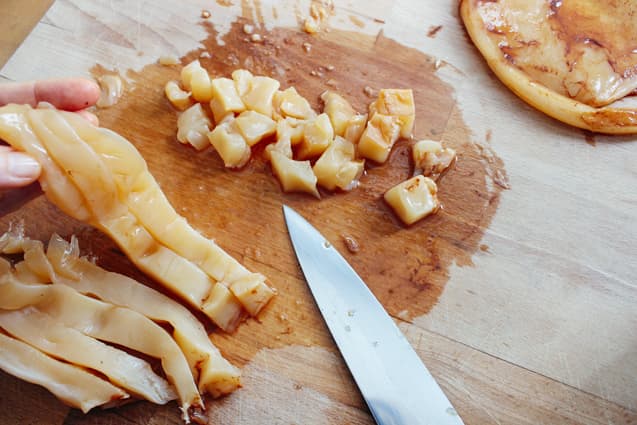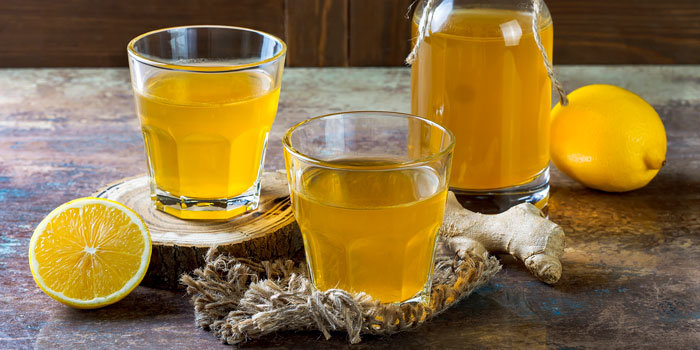Kombucha and its Benefits
If you’ve never heard of kombucha, you are in for a lesson. And by the time you are done reading this, you will likely be so excited that you’ll run to the market and get yourself a bottle ASAP.
First of all, kombucha has been around for centuries. But it wasn’t until about the last 10 years that it started to get attention as a viable beverage to quench your thirst and offer you benefits. That’s in stark contrast to the other bubbly beverage known as soda.
Composition and the Process
The process of making kombucha consists of this… You have a SCOBY, a starter, sugar and freshly brewed tea that contains caffeine or tannins. The “starter” is preexisting kombucha.
Once a fresh batch of tea is made, it is added to a large vessel with the other ingredients. Then it sits for a while as the fermentation process kicks in. This can be anywhere from 7 to 30 days for a brand-new batch.
Once there is a sizeable SCOBY though, a continuation process can be done where new tea and sugar is added to a vessel that has a preexisting SCOBY and starter inside. As the SCOBY grows, it gets bigger, and it can churn out kombucha faster. This process can take a mere 7 to 10 days.
Second Fermentation
Most of the kombucha you see in the market is flavored with fruit, flowers or herbs. This is made through a second fermentation process. Once the first batch is done, it is extracted from its vessel and put into a secondary vessel or bottle.
Actual fruit, fruit juice, fruit extract or dried fruit is then added, along with ginger, turmeric or whatever other goodies are wanted for a particular blend. Then it sits for two to three more days and it’s done.
A Little More About SCOBY

The acronym “SCOBY” stands for symbiotic culture of bacteria and yeast, and it is the most important part of the blend. It is this SCOBY that makes kombucha fermented and fires up the benefits.
What makes this magic possible is sugar and caffeine. The SCOBY feeds off both to ferment the brew. Without them, there would be no kombucha. And here’s the thing. A lot of you might be afraid of sugar or might be sensitive to caffeine, but that doesn’t matter.
Both the sugar and caffeine literally get eaten up as the fermentation take place. By the time a batch is done, there is just enough sweetness to give it flavor and a marginal amount of caffeine. So, you never have to worry about that when you drink it.
Benefits

Now that you know a little bit more about how kombucha is made, you should know about the benefits. These are what could be the deciding factors for you to drink it.
First of all, it’s really high in probiotics, way higher than your standard cup of yogurt. And as you are probably well aware, probiotics are good for gut health and improved digestion.
Secondly, it is very alkaline. It is always in your best interest to increase your blood pH because it reduces inflammation, improves brain function and makes you more resistant to getting sick.
Consuming beverages like kombucha will boost your alkalinity, thus improving your pH levels. This also benefits your workouts because the higher your pH, the less lactic acid you will build up when doing sets.
Kombucha is also very hydrating. It makes a great replenishing beverage after a long hike or workout in the hot sun during the summer.
Lastly, kombucha is high in antioxidants because of the teas utilized. Green tea, in particular, has compounds called catechins, which help with weight loss, prevention of Alzheimer’s Disease, prevention of cancer and they also boost brain function.
Closing Thoughts
If you are thrifty and like DIY projects, you can find yourself a SCOBY and starter, and make some booch from the comfort of your home. But in the big picture, it’s never more than a trip to your local health-food store away. And nowadays, you can even find it in most conventional grocery stores.
It’s also gotten so popular that you can find it in on tap in a lot of restaurants. It might be something to look into with your HowUdish App the next time you go out to eat.

